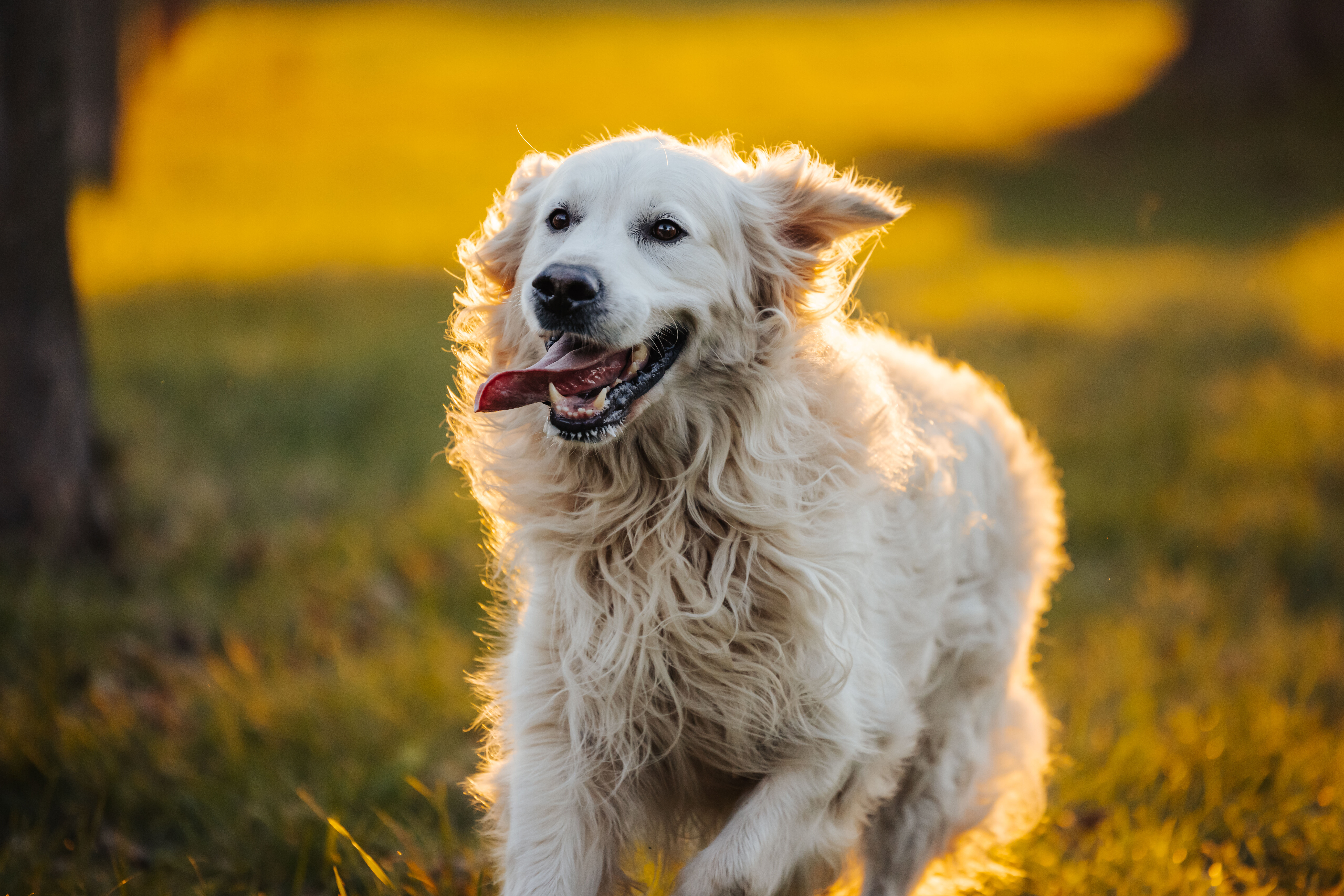This content is provided by Rocky Gorge Animal Hospital.
Our furry friends bring immeasurable joy and companionship into our lives, and it’s our responsibility to ensure their well-being in every aspect, including their dental health. Just like humans, dogs require regular dental care to maintain healthy teeth and gums. One crucial aspect of this care is canine tooth brushing. In this step-by-step guide, we’ll walk you through the process of brushing your dog’s teeth, making it a positive and enjoyable experience for both you and your canine companion.
Step 1: Gather supplies
Before you start brushing, gather the necessary supplies. You’ll need a dog-friendly toothbrush, toothpaste formulated for dogs (never use human toothpaste as it may contain harmful ingredients) and some tasty treats for positive reinforcement. Choose a time when your dog is calm and relaxed for the brushing session.
Step 2: Familiarize your dog with the toothbrush
Introduce the toothbrush to your dog without trying to brush their teeth initially. Allow them to sniff and lick the toothbrush, making it a positive and non-threatening experience. You can also let them taste a small amount of the toothpaste to get them used to the flavor.
Step 3: Gradual acclimatization
Slowly acclimate your dog to the brushing process by gently touching their lips, gums, and teeth with your fingers. This helps them get comfortable with the sensation before introducing the toothbrush. Use positive reinforcement, such as treats and praise, to create a positive association with the experience.
Step 4: Start brushing
Once your dog is comfortable, apply a small amount of dog toothpaste to the toothbrush. Lift your dog’s lips and gently brush their teeth using circular or back-and-forth motions. Focus on the outer surfaces of the teeth, especially along the gumline. Be patient and take breaks if needed, gradually increasing the duration of each brushing session over time.
Step 5: Reward and reinforce
After each successful brushing session, reward your dog with praise and treats. Positive reinforcement helps create a positive association with tooth brushing, making it more likely that your dog will cooperate in the future.
Step 6: Be consistent
Consistency is key to maintaining good oral hygiene for your dog. Aim to brush your dog’s teeth 2-3 times per week to prevent plaque and tartar buildup. Regular brushing not only promotes healthy teeth and gums but also contributes to your dog’s overall well-being.
Taking care of your dog’s dental health is an essential part of responsible pet ownership. By following this step-by-step guide to canine tooth brushing, you can make the process enjoyable for both you and your furry friend. Remember to be patient, use positive reinforcement and stay consistent in your efforts. Your dog will thank you with a happy and healthy smile!





